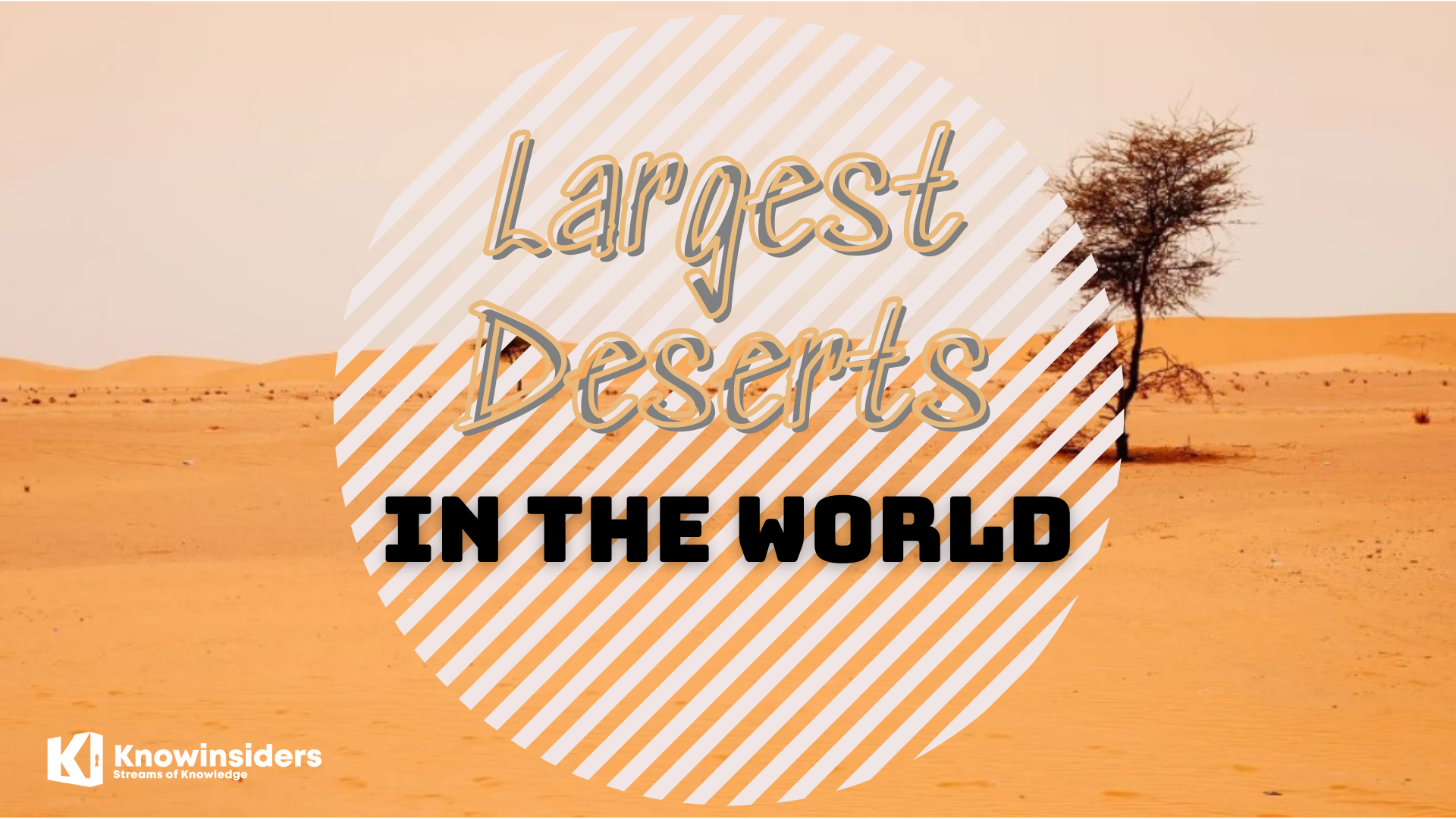Top 9 Largest Deserts In The World
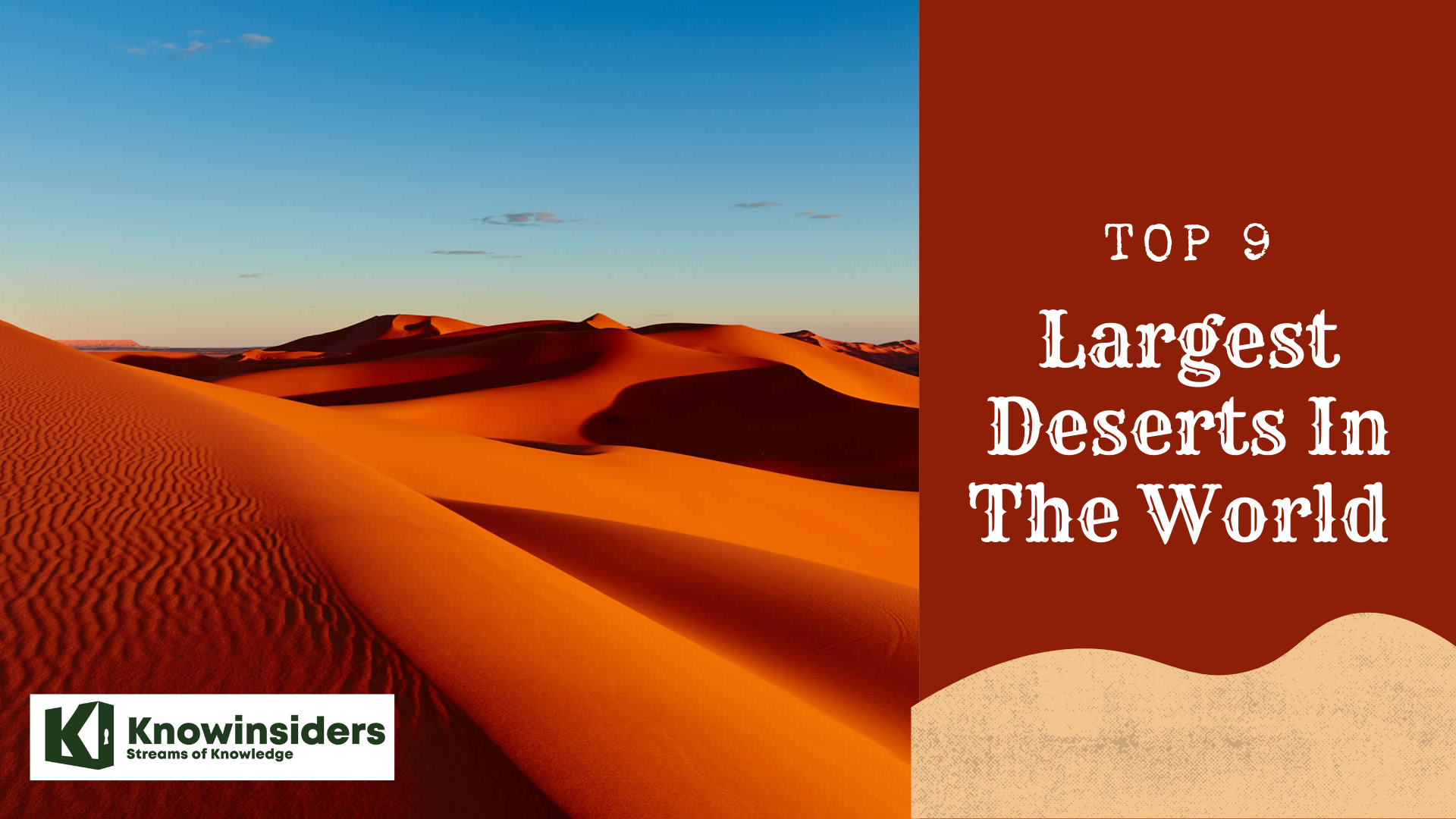 |
| Top 9 largest deserts in the world |
| Table Content |
Deserts are usually considered to be hot, arid areas with vast stretches of sand and dry earth. While this is certainly the case for some regions, all do not fit this description. Precipitation, not sand and heat, determine what areas are deserts.
Deserts are found in all continents of the world but the nature and size of these deserts vary greatly. Since deserts are associated with difficult living conditions, they are often some of the world's most sparsely populated regions. In this article, we explore the world's largest deserts.
List of top 9 largest deserts in the world
9. Great Basin - 0.19 million square miles
8. Kalahari - 0.22 million square miles
7. Great Victoria - 0.25 million square miles
6. Patagonian - 0.26 million square miles
5. Gobi - 0.5 million square miles
4. Arabian - 1.0 million square miles
3. Sahara - 3.5 million square miles
2. Arctic - 5.4 million square miles
1. Antarctic - 5.5 million square miles
*****
The top 9 largest deserts in the world in detail
9. Great Basin - 0.19 million square miles
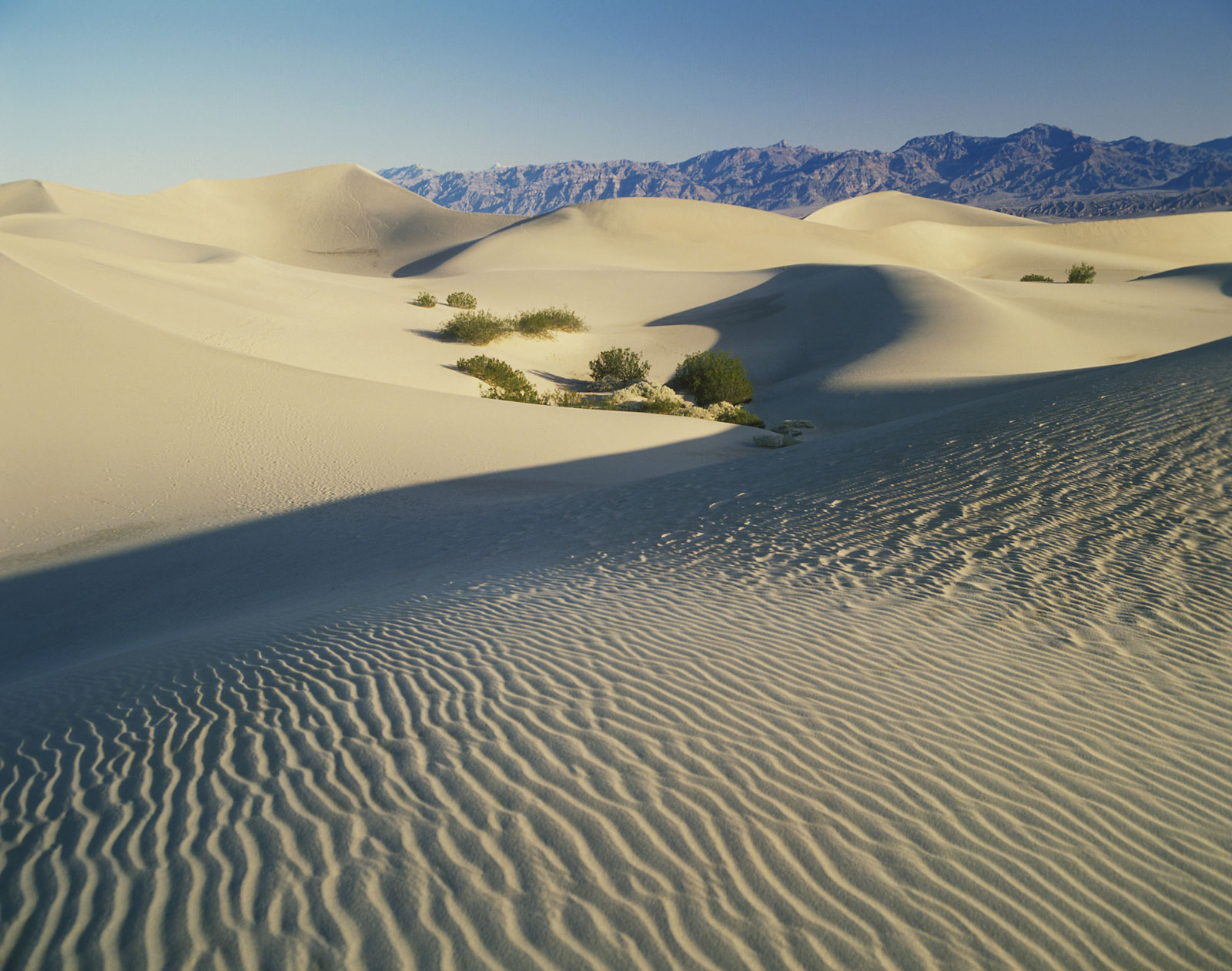 |
| Photo: Britannica |
The Great Basin (Spanish: Gran Cuenca) is the largest area of contiguous endorheic watersheds in North America. It spans nearly all of Nevada, much of Oregon and Utah, and portions of California, Idaho, Wyoming, and Baja California, Mexico. It is noted for both its arid climate and the basin and range topography that varies from the North American low point at Badwater Basin in Death Valley to the highest point of the contiguous United States, less than 100 miles (160 km) away at the summit of Mount Whitney. The region spans several physiographic divisions, biomes, ecoregions, and deserts.
At 0.19 million square miles (0.49 million sq. km), the Great Basin is one of the “big four” deserts in North America. It spans multiple states, covering most of Nevada and Utah. Located directly north of the Mojave Desert, it is a dry expanse of clay, silt, and sand; however, as a semiarid desert, it receives a fair amount of snow during the winter months. It is said that at 4,950 years old, a local Bristlecone Pine is the world’s oldest living thing.
8. Kalahari - 0.22 million square miles
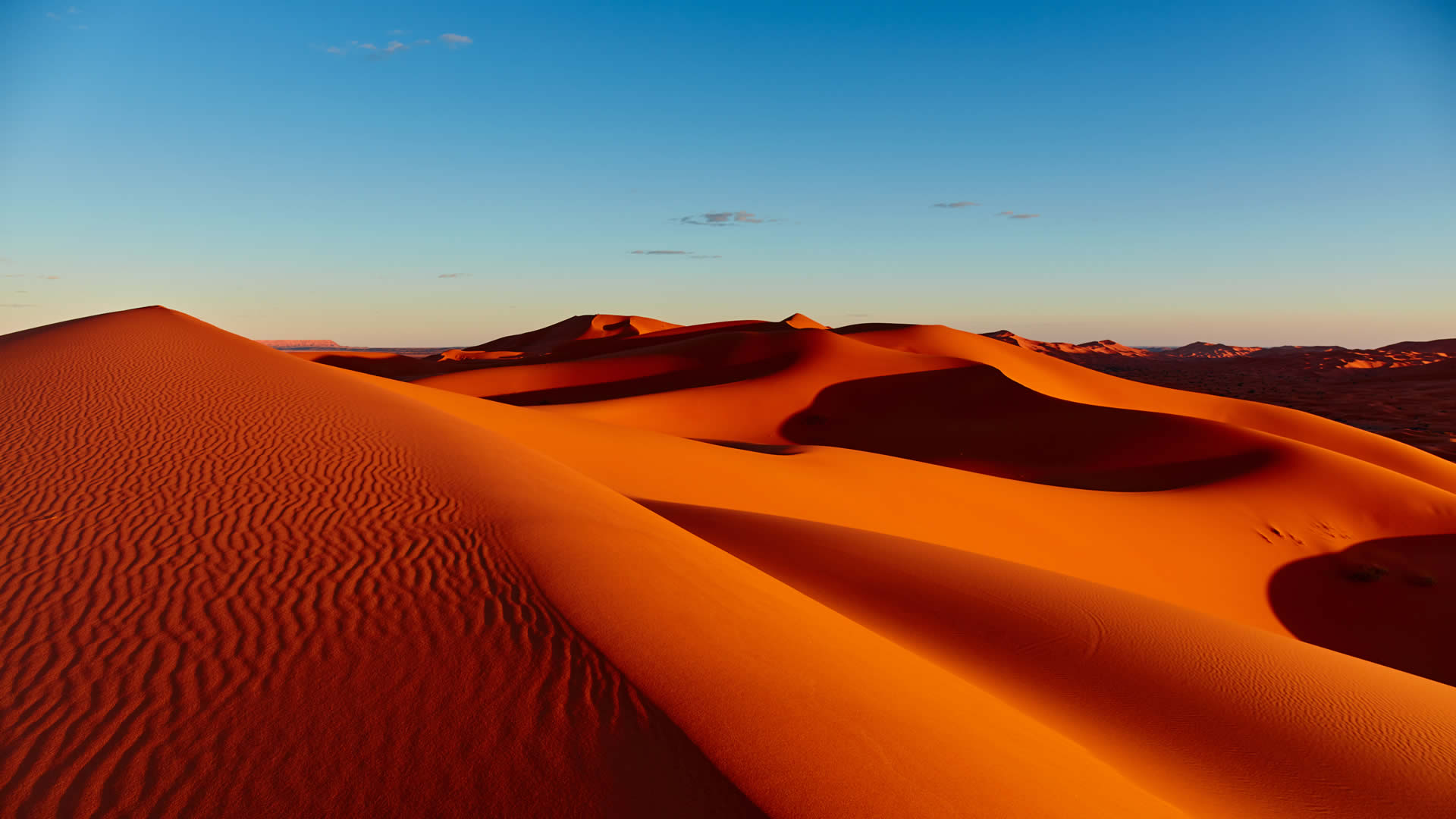 |
| Photo: Asai Africa Safaris |
Kalahari Desert, large basinlike plain of the interior plateau of Southern Africa. It occupies almost all of Botswana, the eastern third of Namibia, and the northernmost part of Northern Cape province in South Africa. In the southwest it merges with the Namib, the coastal desert of Namibia. The Kalahari’s longest north–south extent is roughly 1,000 miles (1,600 kilometres), and its greatest east–west distance is about 600 miles; its area has been estimated at some 360,000 square miles (930,000 square kilometres).
The Kalahari Desert is a featureless, gently undulating, sand-covered plain, which everywhere is 3,000 feet (900 metres) or more above sea level. Bedrock is exposed only in the low but vertical-walled hills, called kopjes, that rarely but conspicuously rise above the general surface. Aside from the kopjes, three surfaces characterize virtually all of the Kalahari: sand sheets, longitudinal dunes, and vleis (pans).
7. Great Victoria - 0.25 million square miles
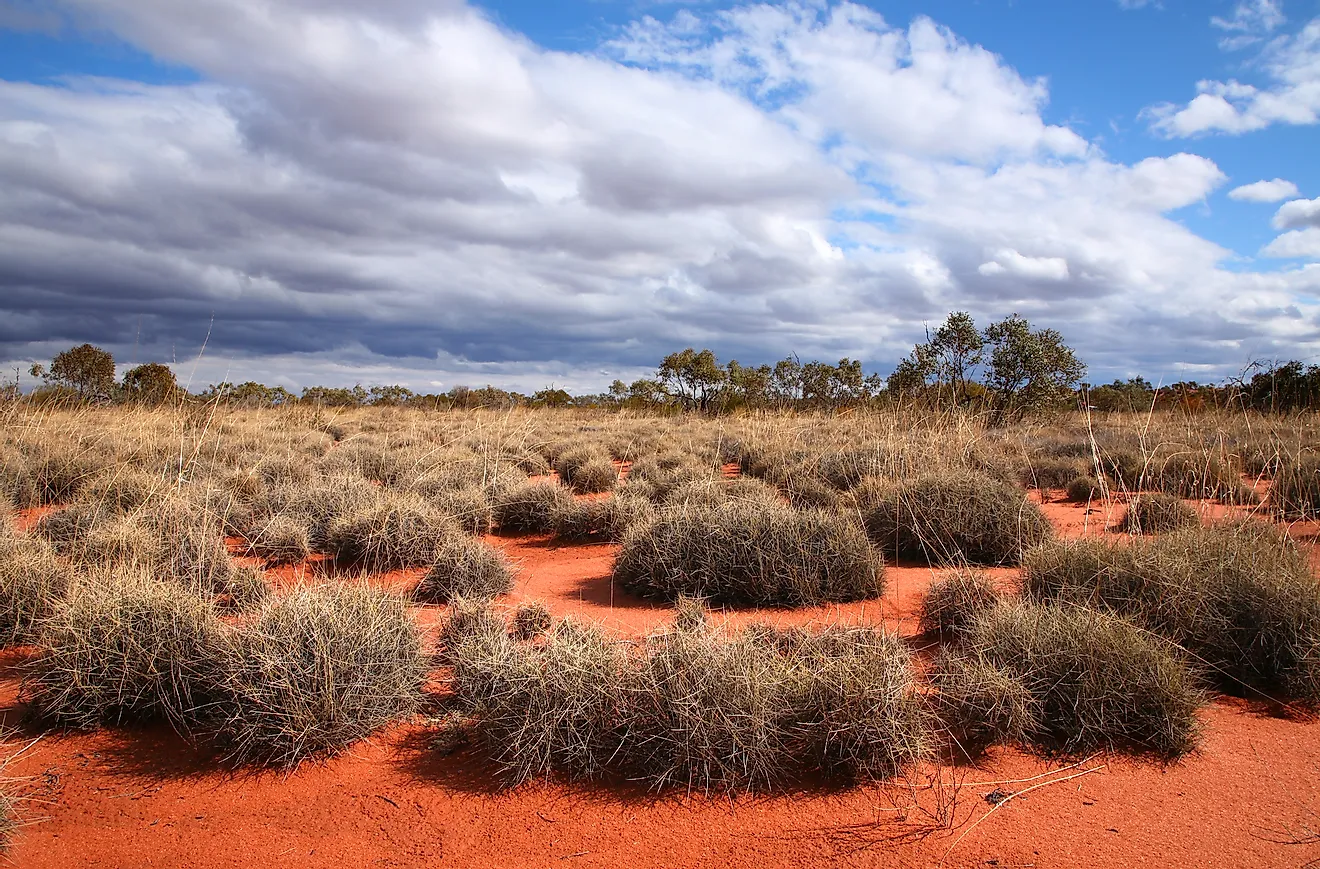 |
| Photo: Shutterstock |
Great Victoria Desert, arid wasteland in southernAustralia that is Australia’s largest desert. A vast expanse of sand hills, partly fixed by Triodia (Spinifex) grass and salt marshes, it lies in Western Australia and South Australia, extending from the Gibson Desert on the north to the Nullarbor Plain on the south and eastward from Kalgoorlie-Boulder almost to the Stuart Range. Much of its eastern end is occupied by the Central and North West Aboriginal reserves. It was penetrated (from east to west) in 1875 by a party led by the explorer Ernest Giles, who named it the Great Victoria Desert. It is crossed by the Laverton–Warburton Mission Track, which links the mission station in the Warburton Range, in Western Australia, with Laverton, 350 miles (560 km) southwest. It is also tracked for the recovery of missiles whose trajectories are guided from the weapons-testing range at Woomera, South Australia. There are several national parks and reserves in the area, including the Great Victoria Desert Nature Reserve, Nullarbor National Park, and the Flora and Fauna Conservation Park.
6. Patagonian - 0.26 million square miles
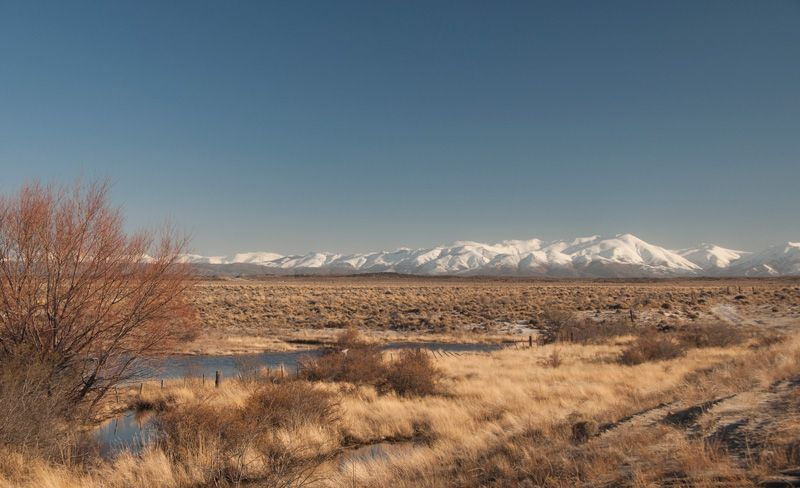 |
| Photo: Getty Images |
Patagonia, semiarid scrub plateau that covers nearly all of the southern portion of mainland Argentina. With an area of about 260,000 square miles (673,000 square kilometres), it constitutes a vast area of steppe and desert that extends south from latitude 37° to 51° S. It is bounded, approximately, by the Patagonian Andes to the west, the Colorado River to the north (except where the region extends north of the river into the Andean borderlands), the Atlantic Ocean to the east, and the Strait of Magellan to the south; the region south of the strait—Tierra del Fuego, which is divided between Argentina and Chile—also is often included in Patagonia.
The name Patagonia is said to be derived from Patagones, as the Tehuelche Indians, the region’s original inhabitants, were called by 16th-century Spanish explorers. According to one account, Ferdinand Magellan, the Portuguese navigator who led the first European expedition into the area, coined that name because the appearance of the Tehuelche reminded him of Patagon, a dog-headed monster in the 16th-century Spanish romance Amadís of Gaul.
5. Gobi - 0.5 million square miles
 |
| Photo: Wikipedia |
Gobi, also called Gobi Desert, great desert and semidesert region of Central Asia. The Gobi (from Mongolian gobi, meaning “waterless place”) stretches across huge portions of both Mongolia and China. Contrary to the perhaps romantic image long associated with what—at least to the European mind—was a remote and unexplored region, much of the Gobi is not sandy desert but bare rock. It is possible to drive over this surface by car for long distances in any direction: northward toward the Altai and Hangayn mountain ranges, eastward toward the Da Hinggan (Greater Khingan) Range, or southward toward the Bei Mountains and Huang He (Yellow River) valley. To the west, beyond the southwestern limit of the Gobi, lies another arid expanse—the Tarim Basin of the southern Uygur Autonomous Region of Xinjiang—which encompasses the Takla Makan Desert and is enclosed by the Tien Shan ranges to the north and the Kunlun and western Altun mountains to the south.
4. Arabian - 1.0 million square miles
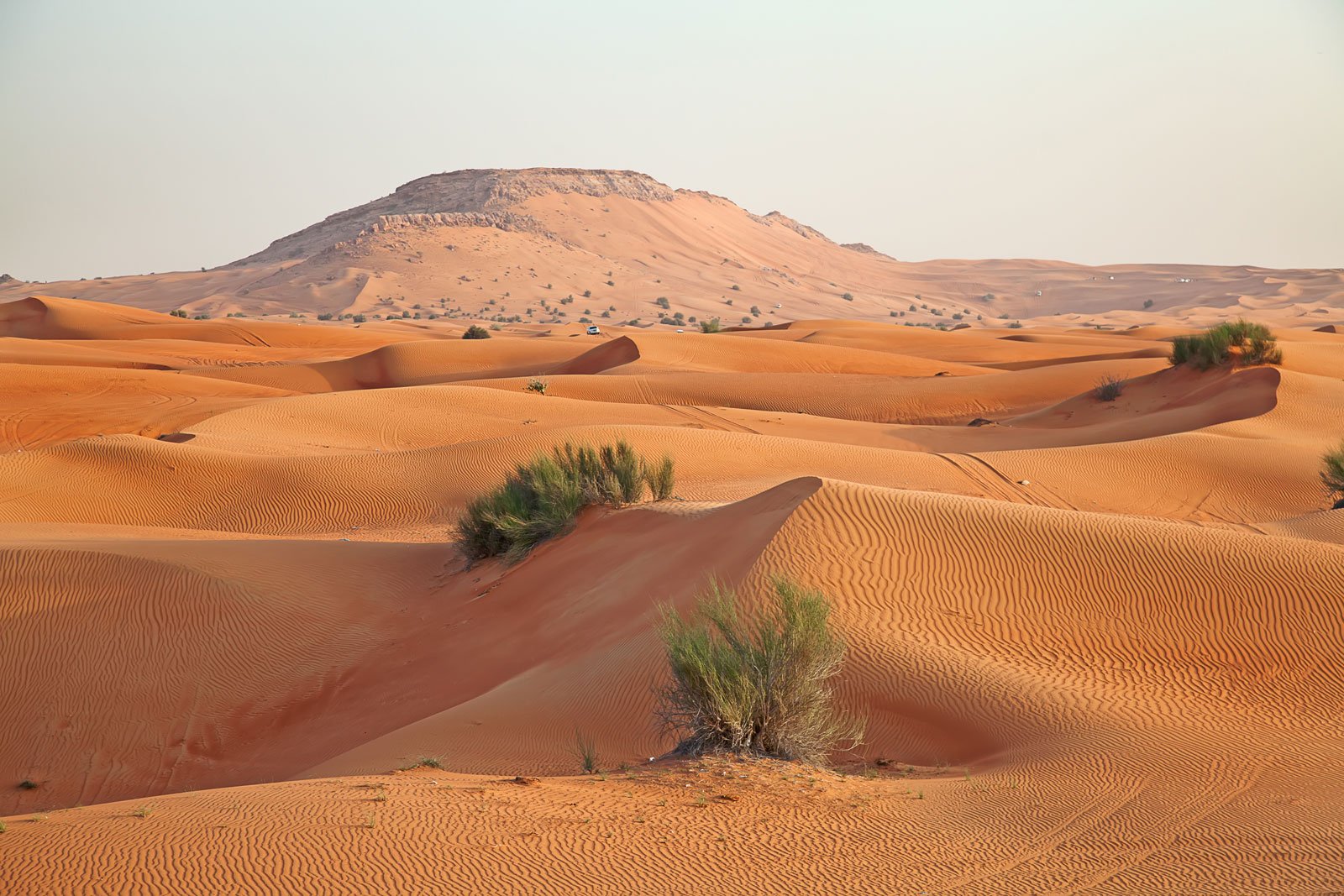 |
| Photo: Britannica |
Arabian Desert, great desert region of extreme southwestern Asia that occupies almost the entire Arabian Peninsula. It is the largest desert area on the continent—covering an area of about 900,000 square miles (2,300,000 square km)—and the second largest on Earth, surpassed in size only by the Sahara, in northern Africa.
The Arabian Desert is bordered to the north by the Syrian Desert, to the northeast and east by the Persian Gulf and the Gulf of Oman, to the southeast and south by the Arabian Sea and the Gulf of Aden, and to the west by the Red Sea. A large part of the Arabian Desert lies within the modern kingdom of Saudi Arabia. Yemen, on the coast of the Gulf of Aden and the Red Sea, borders the desert to the southwest. Oman, bulging out into the Gulf of Oman, lies at the eastern edge of the desert. The sheikhdoms of the United Arab Emirates and Qatar to the west stretch along the southern coast of the Persian Gulf at the desert’s northeastern limit. The emirate of Kuwait abuts the northern Persian Gulf between Saudi Arabia and Iraq. In the northwest the desert extends into Jordan.
3. Sahara - 3.5 million square miles
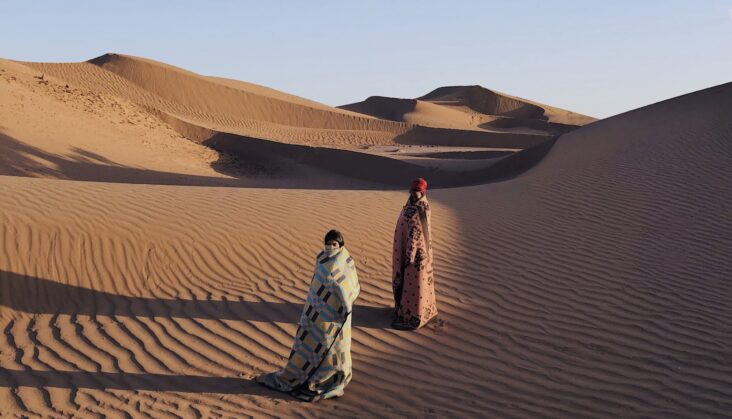 |
| Photo: The Africa Report |
Sahara, (from Arabic ṣaḥrāʾ, “desert”) largest desert in the world. Filling nearly all of northern Africa, it measures approximately 3,000 miles (4,800 km) from east to west and between 800 and 1,200 miles from north to south and has a total area of some 3,320,000 square miles (8,600,000 square km); the actual area varies as the desert expands and contracts over time. The Sahara is bordered in the west by the Atlantic Ocean, in the north by the Atlas Mountains and Mediterranean Sea, in the east by the Red Sea, and in the south by the Sahel—a semiarid region that forms a transitional zone between the Sahara to the north and the belt of humid savannas to the south.
The Sahara is the largest subtropical desert in the world, clocking in at 3.5 million square miles (9 million sq. km). Spanning eleven countries, it covers nearly an entire third of Africa. It is most known for its scorching hot climate and mountainous sand dunes that reach as high as 183 meters. Despite these harsh conditions, it is home to numerous desert animals, including camels, lizards, and scorpions. Water sources are rare, but the Sahara does have two rivers and twenty seasonal lakes.
2. Arctic - 5.4 million square miles
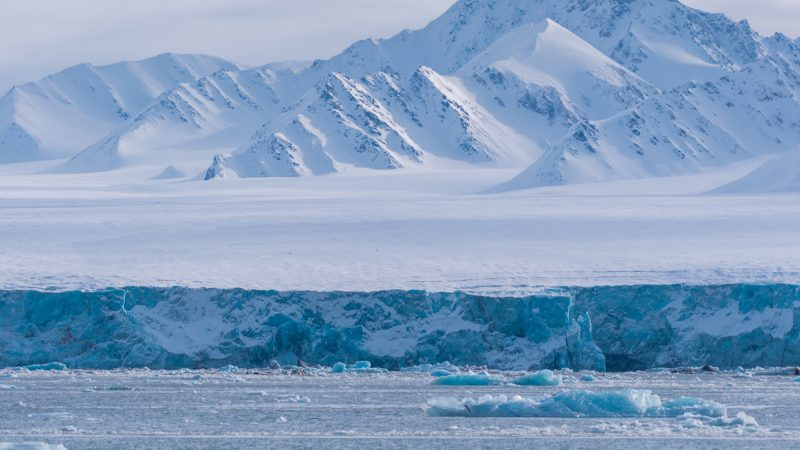 |
| Photo: Shutterstock |
The Arctic is a polar region located at the northernmost part of Earth. The Arctic consists of the Arctic Ocean, adjacent seas, and parts of Alaska (United States), Canada, Finland, Greenland (Denmark), Iceland, Norway, Russia, and Sweden. Land within the Arctic region has seasonally varying snow and ice cover, with predominantly treeless permafrost (permanently frozen underground ice) containing tundra. Arctic seas contain seasonal sea ice in many places.
The Arctic region is a unique area among Earth's ecosystems. The cultures in the region and the Arctic indigenous peoples have adapted to its cold and extreme conditions. Life in the Arctic includes zooplankton and phytoplankton, fish and marine mammals, birds, land animals, plants and human societies. Arctic land is bordered by the subarctic.
1. Antarctic - 5.5 million square miles
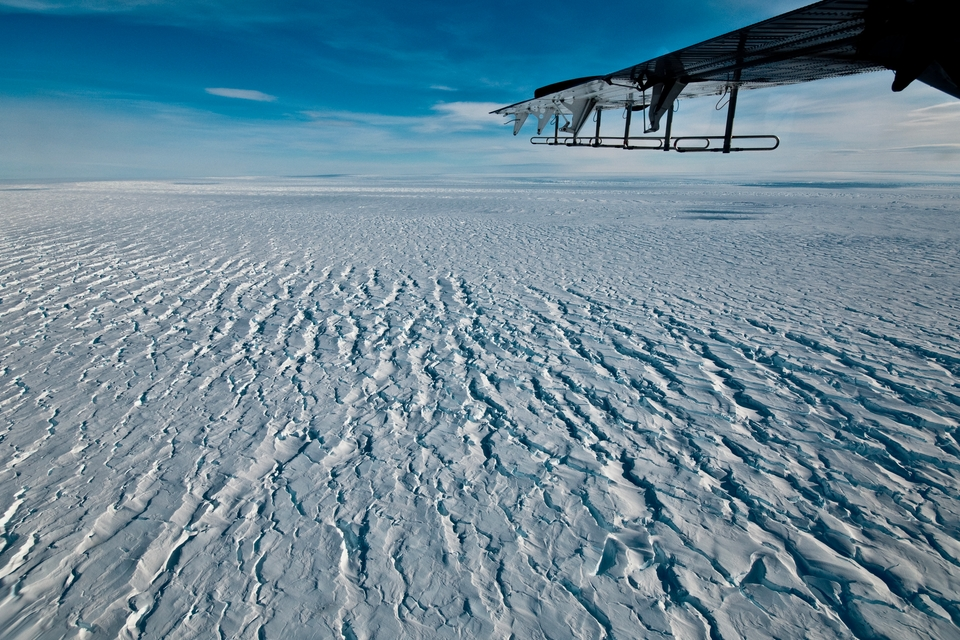 |
| Photo: Getty Images |
The Antarctic is a polar region around Earth's South Pole, opposite the Arctic region around the North Pole. The Antarctic comprises the continent of Antarctica, the Kerguelen Plateau and other island territories located on the Antarctic Plate or south of the Antarctic Convergence. The Antarctic region includes the ice shelves, waters, and all the island territories in the Southern Ocean situated south of the Antarctic Convergence, a zone approximately 32 to 48 km (20 to 30 mi) wide varying in latitude seasonally. The region covers some 20 percent of the Southern Hemisphere, of which 5.5 percent (14 million km2) is the surface area of the Antarctica continent itself. All of the land and ice shelves south of 60°S latitude are administered under the Antarctic Treaty System. Biogeographically, the Antarctic realm is one of eight biogeographic realms of Earth's land surface.
 Top 9 Best Universities In The US for 2022 Top 9 Best Universities In The US for 2022 US is home to the best universities in the world. Stanford, Harvard, Chicago, Columbia are dream universities of students around the world. |
 Top 9 Richest Social Media Influencers In U.S Top 9 Richest Social Media Influencers In U.S Social media is where people express themselves, and follow their favourite topics, people, places etc. Here is our list of top 9 richest social media ... |
 Top 9 Most Popular Breakfast Foods in USA Top 9 Most Popular Breakfast Foods in USA Which breakfast foods really are the best of the best in the US? We have a list of the ... |
 Top 9 Countries with the Most COVID-19 Vaccinations and The Ranking of Countries Per Doses Top 9 Countries with the Most COVID-19 Vaccinations and The Ranking of Countries Per Doses More than 2 billion COVID-19 vaccines have now been given out across the world. Check out The Top 9 Countries with the Most COVID-19 Vaccinations ... |


